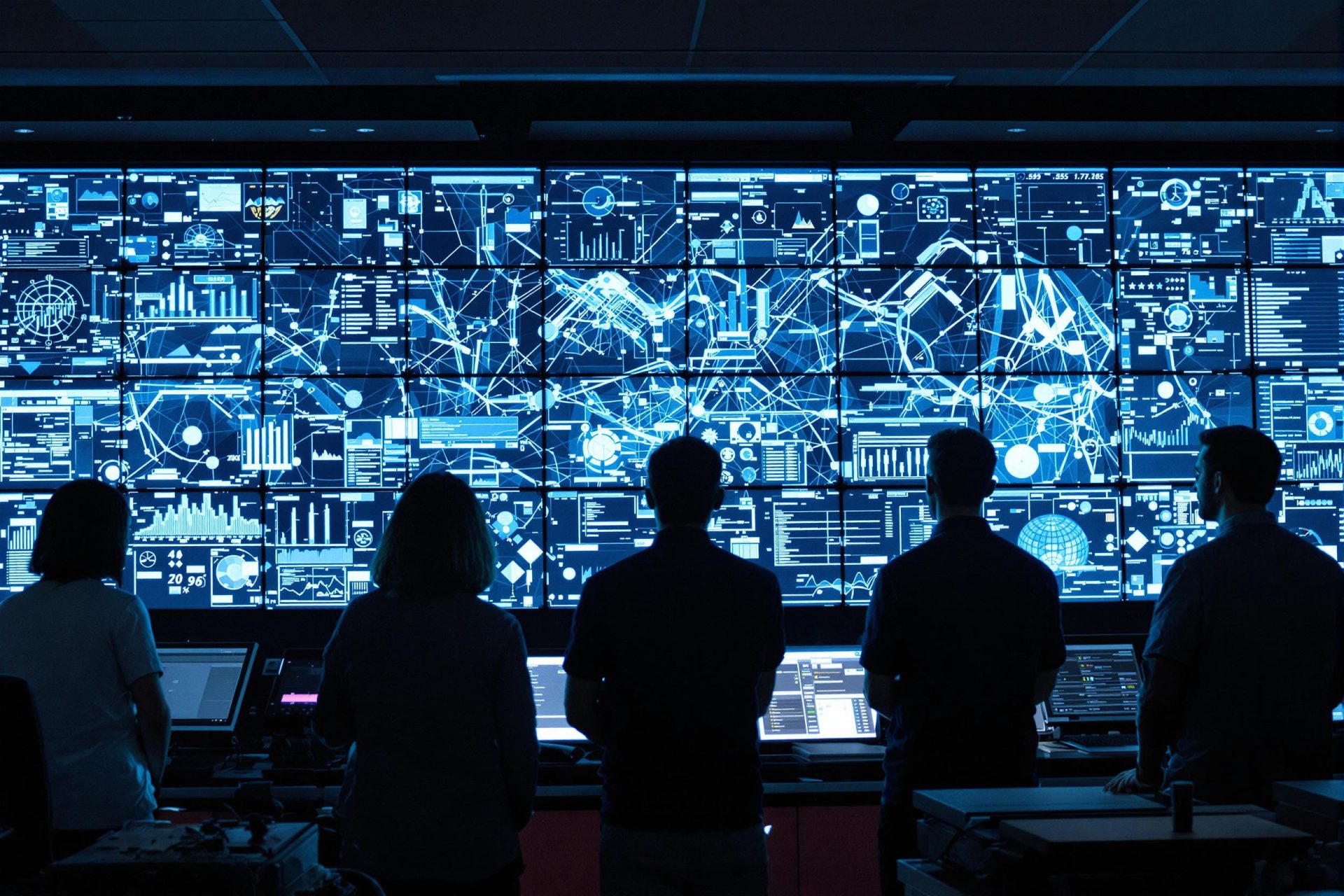Key Takeaways
- Artificial intelligence (AI) is a double-edged sword in cybersecurity, empowering both cybercriminals and defense systems.
- Attackers are increasingly using AI to create convincing fakes, personalize scams, and launch rapid attacks.
- On the defense side, AI helps by quickly analyzing data to detect threats, often before they cause damage.
- The success of AI in protecting systems heavily depends on the quality and management of the data it uses.
- Businesses must focus on strong data practices to effectively use AI against evolving cyber threats.
The rise of artificial intelligence has brought a curious situation for cybersecurity experts. AI, especially the kind that generates content, is giving attackers new and surprising ways to launch cyberattacks with unprecedented speed.
At the same time, AI is boosting our defenses by automating how we find threats and even helping to fight back against criminals. It’s clear that as we navigate the digital world, AI is both a part of the problem and a key to the solution in cybersecurity.
While people debate whether AI causes more trouble than it solves, one thing is certain: adding AI to cybersecurity strategies is essential to keep up with the advanced tools attackers now possess.
Unfortunately, AI technology is easier for more attackers to get their hands on, and its misuse is growing fast. We’re seeing a flood of AI-generated fakes, from realistic images to deceptive audio, allowing even novice hackers to carry out serious cyberattacks. For instance, tools like ChatGPT can be used to write very convincing phishing emails and other fraudulent messages.
Social engineering, where attackers manipulate people, remains a major vulnerability. Cybercriminals are using AI to gather personal details and create tailored messages designed to trick individuals into revealing sensitive information.
The technology is so advanced that deepfake videos of company CEOs are reportedly being used in attempts to access confidential company data or funds, as highlighted by TechRadar Pro.
These dangers are amplified by AI’s speed and ability to adapt, putting organizations in a tough spot trying to stay ahead. AI-powered malware, for example, can learn from past attempts to dodge detection in future attacks.
In this fast-moving and complex environment, businesses need to be both strong and persistent in their defense efforts. While AI can introduce significant threats, it’s also vital for defending against them.
AI can sift through huge amounts of data much faster and more accurately than humans, spotting patterns and anomalies that often signal an attack before it happens. By partly automating how we respond to threats, AI can reduce human error and speed up reaction times, freeing up cybersecurity teams for more strategic tasks.
As attackers use more sophisticated AI-driven methods, AI can also be used to counter the very technology they’re using. Essentially, it can act like a hacker fighting on the good side.
For example, AI models can study new types of malware—even those created by other AIs—and quickly find weaknesses. This allows organizations to act fast and prevent serious damage.
Looking forward, cyber experts are also thinking about using AI in “swarm intelligence” tactics. Imagine AI systems working together like a flock of birds, focusing on an organization’s biggest cyber challenges to provide targeted and adaptable responses.
The foundation of AI-driven cybersecurity is high-quality, up-to-date data. Business leaders must tackle this head-on. Without good data, AI can’t effectively spot anomalies, react to threats, or make smart decisions, giving criminals an advantage.
To get the most out of AI in cybersecurity, organizations should implement clear rules for managing, categorizing, labeling, and protecting data. Using tools to flag and fix poor-quality data is also key. Good data practices are the most important factor for AI to deliver on its promise.
Continuously checking data quality to ensure it’s accurate and relevant is crucial for maintaining AI’s effectiveness in cybersecurity. This is the best way to make sure AI operates with the best possible information for optimal results.
In the ongoing battle between offense and defense, AI plays a vital role on both sides—it’s both the guardian and the raider. As AI becomes more accessible and attackers find new ways to use it, organizations face an ever-evolving threat. However, AI can also protect against the very dangers it helps create, making it an indispensable tool.
Unlocking AI’s full potential in cybersecurity truly depends on the quality of the data it works with. Only by establishing a solid data quality strategy, backed by careful oversight and constant monitoring, can organizations hope to tip the balance in their favor and keep pace with today’s cybercriminals.



